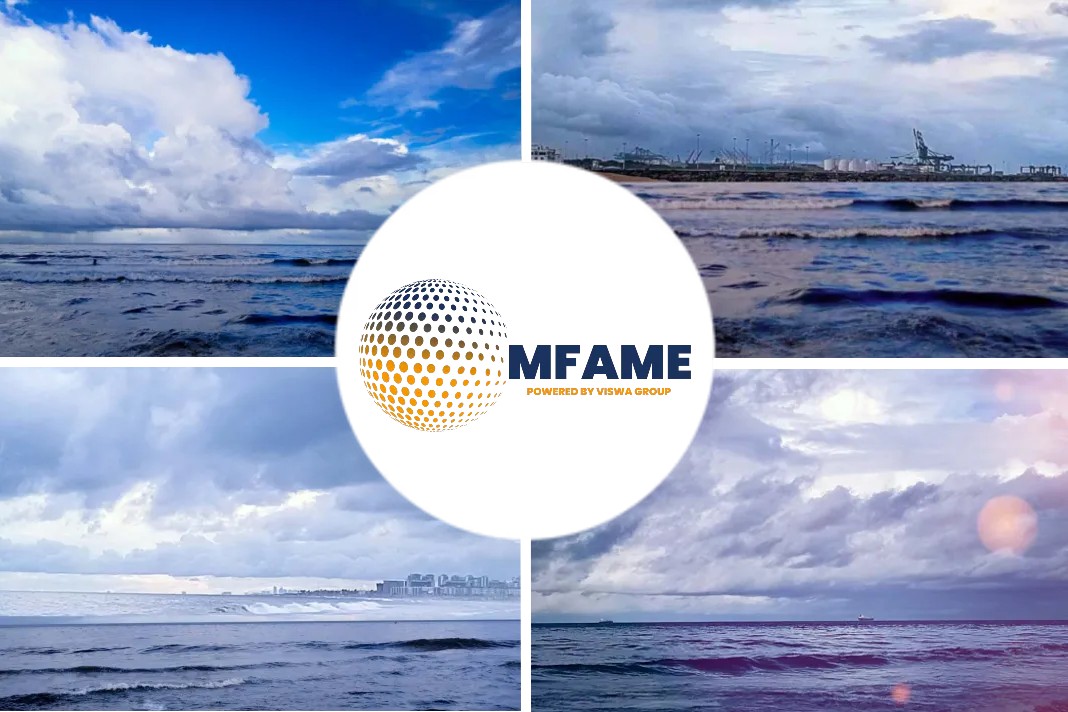
- Matson performed poorly in Xeneta’s carbon emissions index (CEI), with a CEI score of 197.2, more than four times that of HMM’s 46.9.
- Xeneta’s unofficial CEI measurement is a methodology various critics of the carbon intensity indicator (CII) have argued should have been adopted by the IMO instead.
- The disparity in demand for small feeder tonnage versus the lack of newbuilding activity, which reached fever pitch during the pandemic.
HMM tops the emissions rankings for the US west coast-Far East tradelane, according to Xeneta’s latest ‘naming and faming’ list – though the results have damaging implications for American Jones Act carrier Matson.
IMO facing criticism
Following recent criticisms of the IMO’s CII as an ‘own-goal’, on the grounds it unduly punishes the operating profile of feeder vessels, the regulatory microclimate of the US Jones Act market provides an early warning of the implications of long-term neglect in this crucial market segment.
Local-content requirement means high shipbuilding costs, reducing the number of new vessels built, which has led to carriers keeping some ancient vessels going.
Matson operates at least three vessels built before 1985, one, the 1,668 teu Tacoma, rivals MSC Iris for the title of oldest box ship still in service.
List of greenest shipping line
Unsurprisingly, Matson performed poorly in Xeneta’s carbon emissions index (CEI), with a CEI score of 197.2, more than four times that of HMM’s 46.9.
However, Xeneta says CEI averages on this tradelane have improved dramatically recently, up 18.4% on the same measure in 2022.
“Over the past six years, this tradelane has witnessed a remarkable 12% reduction in average CO2 emissions per tonne of cargo transported, based on the Q1 2018 baseline,” noted Xeneta market analyst Emily Stausbøll in today’s report.
The increase in average ship size, amounting to nearly 10%, was also a factor, adds the report.
CEI measurement
Xeneta’s unofficial CEI measurement, derived from a CO2e-per-tonne-km framework, is a methodology various critics of the carbon intensity indicator (CII) have argued should have been adopted by the IMO instead.
Disparity in demand
Last week, The Loadstar highlighted the disparity in demand for small feeder tonnage versus the lack of newbuilding activity, which reached fever pitch during the pandemic.
Though not generally as cost-efficient as larger vessels, ships in this size bracket provide an essential service in getting cargo closer to the regional ports where it is needed, saving more-polluting road transport.
“Although carbon regulations tend to favour larger tonnage deployed on optimised rotations, the current high demand for small vessels highlights the continued interest by carriers in this type of ship,” said Alphaliner.
It said questions were being raised over “the future of the sub-1,000 teu sector… with not a single newbuild vessel on order for NOOs.”
Did you subscribe to our Newsletter?
It’s Free! Click here to Subscribe.
Source: The Loadstar























